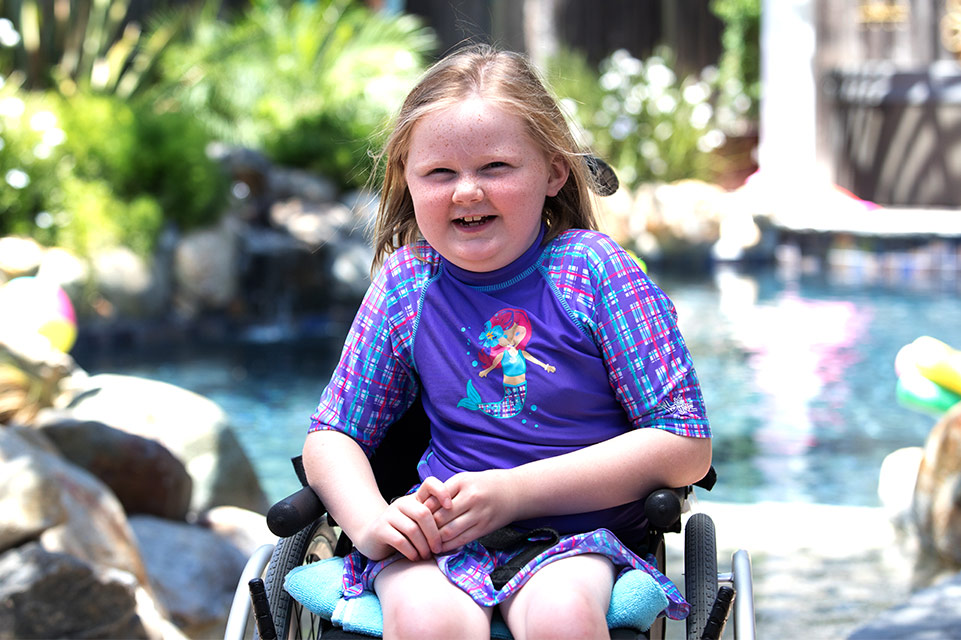Shriners Children's offers comprehensive care, which means our services do not end with a diagnosis.
Our multidisciplinary team includes orthotists who work to determine and meet the specific needs of each child, then create a customized brace built-to-order – and made to chase dreams.
Bracing may be used to correct a condition or make it possible to pursue a favorite activity, like playing a sport. Braces can provide support for the spine, hip, knee, ankle and foot, as well arm, wrist and hand.
Children diagnosed with scoliosis, arthrogryposis, cerebral palsy, hip dysplasia and spina bifida often benefit from bracing. Bracing services are also available to children recovering from a play or athletics related injury, including anterior cruciate ligament tears, sprains and fractures.
Specific treatments and services may vary by location. Please contact a specific location for more information.
Common Bracing Options
Options available range from simple soft shoe inserts and fabric knee sleeves to custom-made and uniquely fitted braces.
Spine/Scoliosis
Braces for spine/scoliosis conditions may include:
- Boston Brace: The Boston brace applies corrective pressure on the outer side of the curve, cutting out corresponding areas of the inner side of the curve, so the spine will migrate in the desired direction.
- Wilmington Brace: Fit like a tight jacket, the Wilmington brace is known as a full-contact thoracic lumbar sacral orthoses (TLSO) due to its lack of gaps or open spots.
- Cheneau Brace: Applies pressure to the areas where de-rotation is needed, while expanding and not contacting the patient’s rib cage in the opposite areas. This allows for active muscle use and expansion with breath.
Foot & Ankle
Foot and ankle braces may include:
- UCBL: Named for the laboratory where it was created, the University of California Berkeley Laboratories (UCBL) shoe insert is a maximum control foot orthosis. The UCBL is used to stabilize a flexible foot deformity.
- Surestep: Provides stability for children whose feet pronate (turn or roll inward). This brace is particularly helpful in addressing stability issues for children with low muscle tone.
- Ankle Foot Orthotic (AFO): Stabilizes the ankle and foot to keep them in a proper, aligned position.
Hip
Hip braces may include:
- Reciprocating Gait Orthoses (RGO): Used to treat children diagnosed with spinal cord injuries or neurological diseases, an RGO is a full-body orthotic device. It consists of a hip-knee-ankle-foot orthosis (HKAFO), a custom-molded pelvic girdle and a thoracic extension.
- Pavlick harness: A soft splint most commonly used for treating infants with hip dysplasia.
- Rhino cruiser: Used to treat hip dysplasia in infants and toddlers, the Rhino Cruiser holds hips in the correct position while remaining flexible enough for walking.
Upper Extemity
Upper extremity braces may include:
- Bamboo elbow extension: Flexible arm brace placed around the elbow to assist children in maintaining a more extended position at the elbow. This makes gross and fine motor skills easier to perform.
- Slings and Splints: Used to support or immobilize, slings and splints are commonly used as part of injury care treatment for shoulders and elbows.
We use the latest technology, and customize every brace to meet each child's unique need. Whenever possible, we also use colors and patterns that reflect the child's personality too.

Back in the Game with Sports Medicine and Injury Care
Conditions We Treat
View All Related Conditions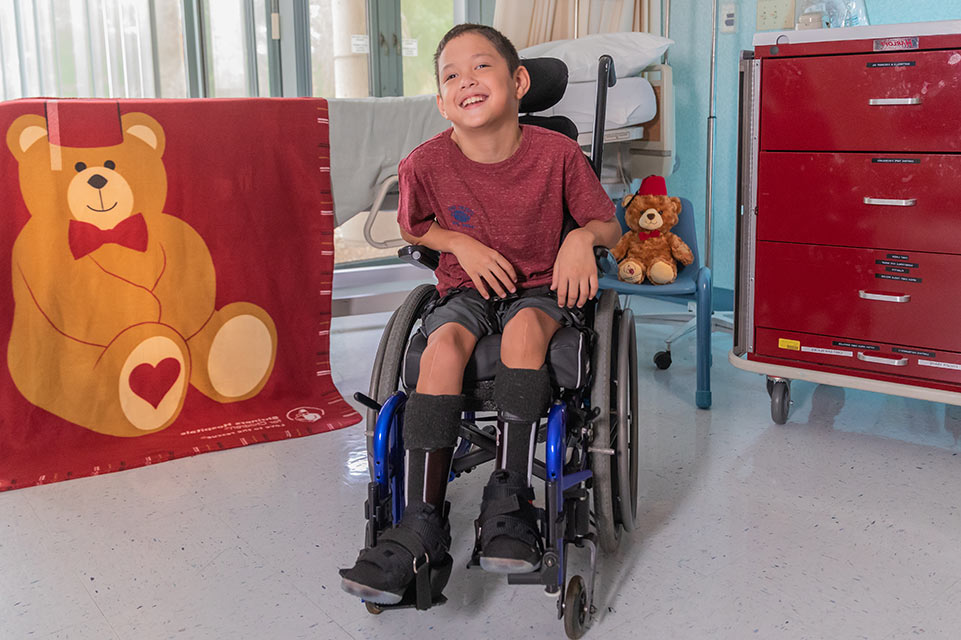
Anterior Cruciate Ligament Tears
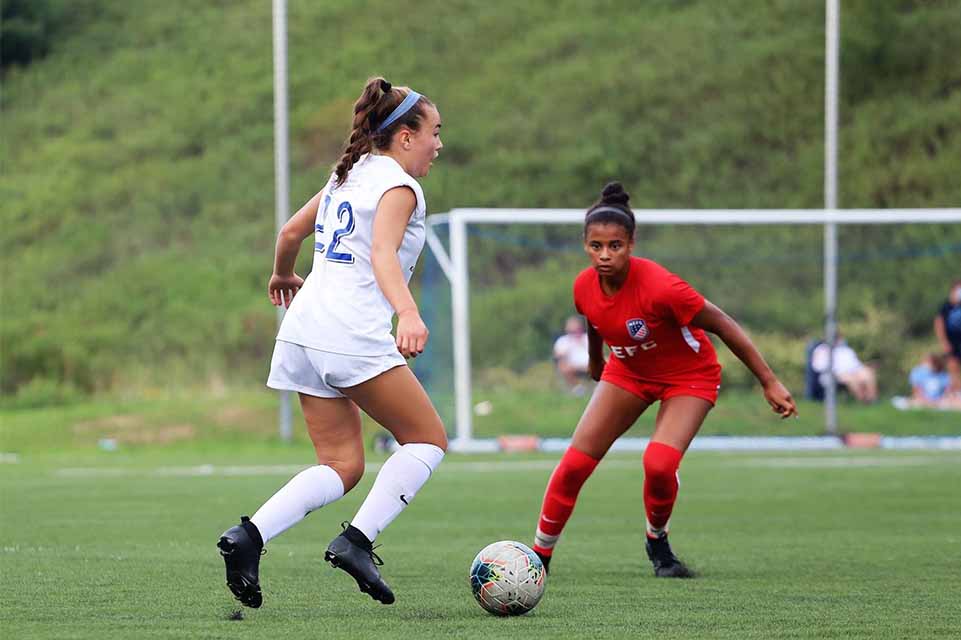
Arthrogryposis
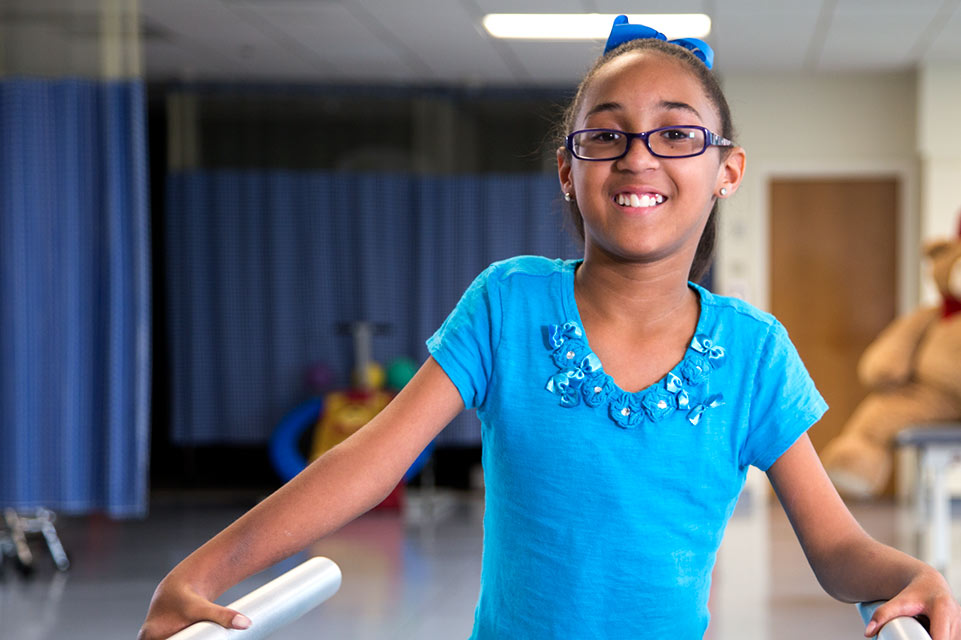
Cerebral Palsy
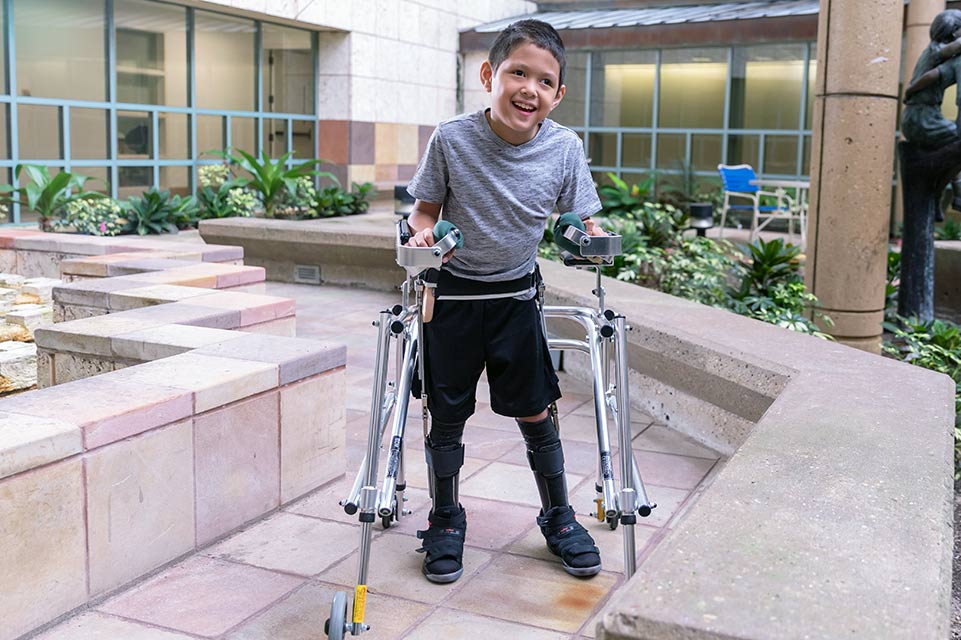
Hip Dysplasia
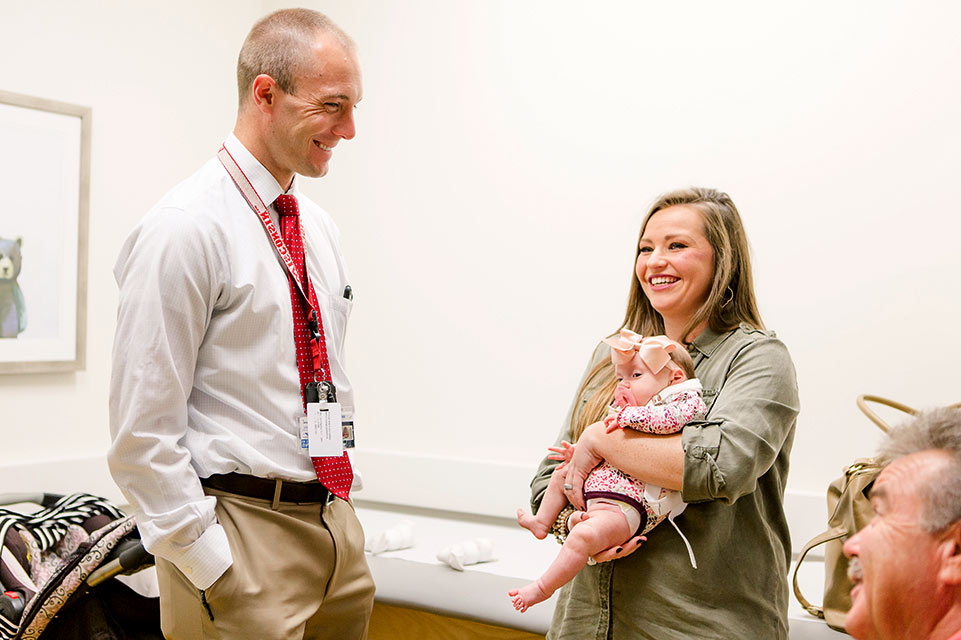
Scoliosis
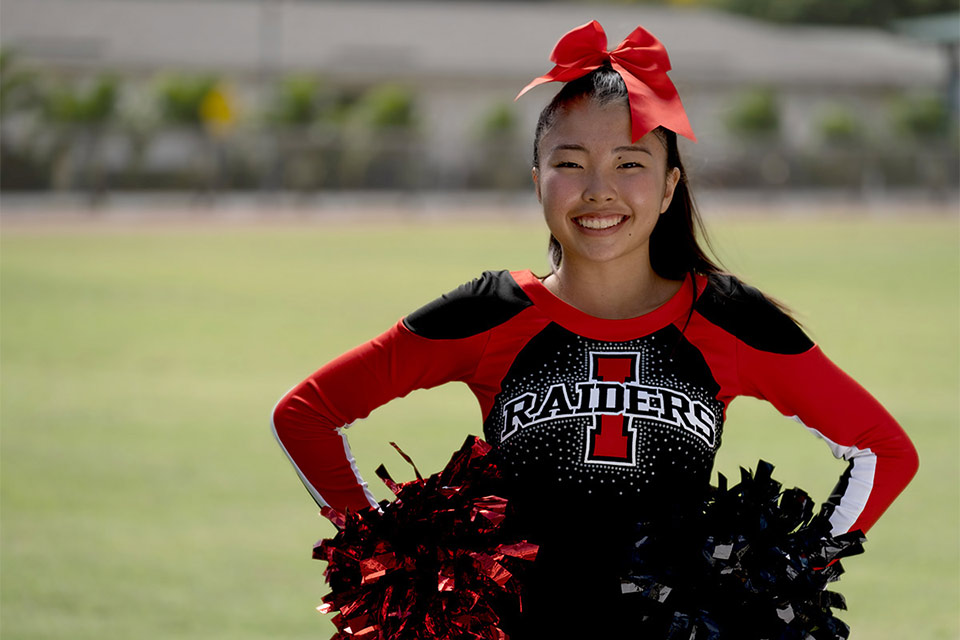
Spina Bifida
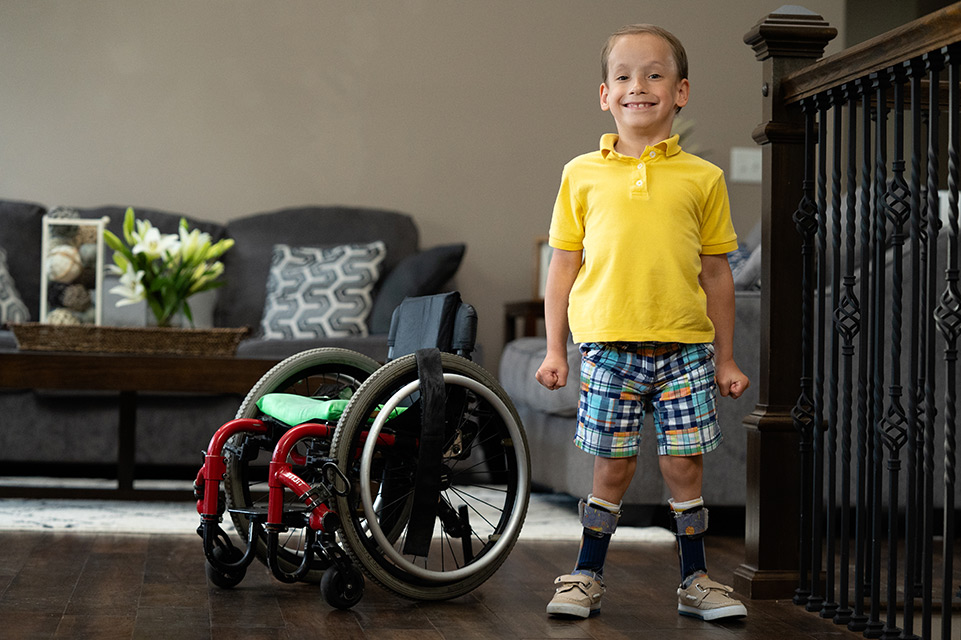
Spinal Cord Injury
